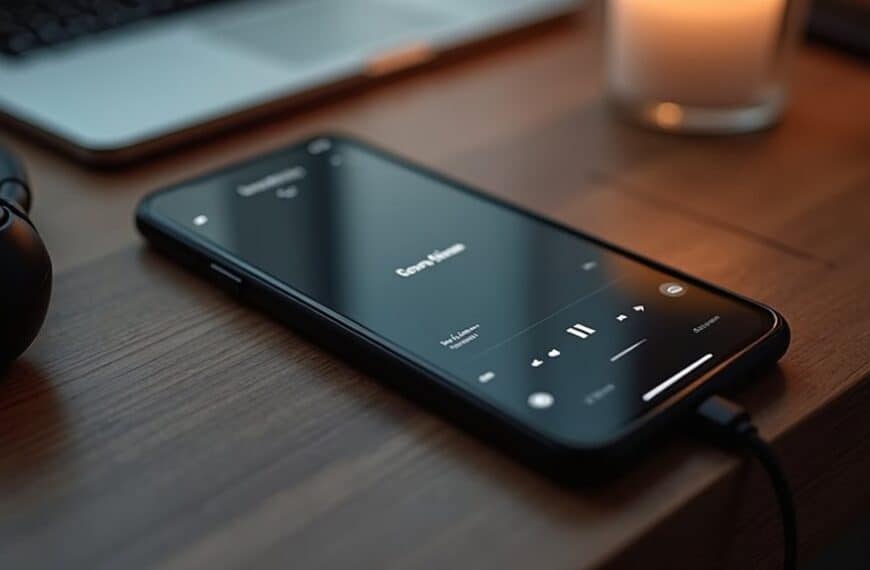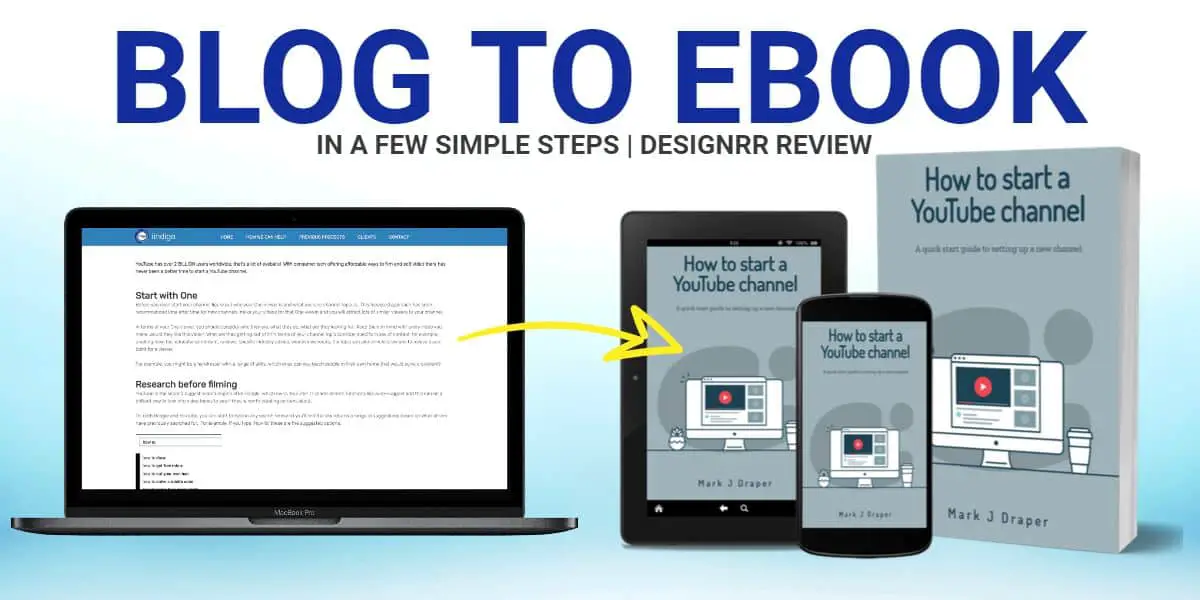As you strap on your modern-day sundial before bed, you might ponder whether this high-tech device can truly decipher the mysteries of your slumber. Fitness trackers promise a glimpse into the enigmatic world of sleep by monitoring movements, heart rate, and even breathing patterns.
Yet, you must wonder if these gadgets are really up to the task of distinguishing between light and deep sleep, or if they’re just making an educated guess based on your nocturnal stillness. Bearing in mind that not all that glitters is gold, consider whether these convenient wrist companions offer a treasure trove of sleep data or if they’re merely scratching the surface.
The key to unlocking the truth about your nighttime escapades lies in understanding the technology’s limitations and the complexities of sleep itself. Are you ready to uncover what really happens when the lights go out?
Key Takeaways
- Fitness trackers analyze movement and rest periods to assess sleep patterns and quality.
- Heart rate variability (HRV) tracking during sleep can indicate how stress, relaxation, and recovery intertwine with sleep quality.
- Advanced fitness trackers employ breath monitoring techniques to provide insights into sleep health and detect sleep disorders.
- While fitness trackers can analyze specific stages of the sleep cycle to assess sleep quality, their accuracy has limitations and should be cross-referenced with subjective sleep quality assessments.
Understanding Sleep Stages
Delving into the intricacies of sleep stages reveals that each phase, from light sleep to REM, plays a crucial role in your overall rest and recovery. The different stages of sleep serve various functions, with your brain waves altering as you transition from one stage to another.
Initially, you experience light sleep, which is the gateway to deeper rest. This stage of sleep is relatively short but essential for slowing down your brain activity and preparing your body for the subsequent phases.
As you progress into deeper sleep (Stages 2 and 3), your brain waves further slow down, facilitating critical restorative processes. This is when tissue repair and growth hormone release occur, highlighting the importance of these sleep stages for physical recovery.
Following these stages, you enter Rapid Eye Movement (REM) sleep, where your brain becomes more active, akin to when you’re awake. REM sleep is integral for memory consolidation and mood regulation.
Your sleep cycles through these various stages multiple times each night, typically every 90 to 110 minutes. By utilizing tools like fitness trackers, which employ methods paralleling Polysomnography (PSG), you can gain insights into your sleep staging and cycles, allowing you to fine-tune your sleep routine for optimal rest.
Understanding these cycles is key to fostering a sense of belonging to a well-rested community.
Movement and Sleep Analysis

Having explored the various stages of sleep, let’s now examine how fitness trackers analyze your movement to assess sleep patterns and quality.
Wearable sleep trackers are equipped with sensors, like accelerometers and gyroscopes, that detect physical motion throughout the night. These devices interpret periods of tossing and turning as indicators of sleep disruption or transitions between different sleep stages.
For a more methodical sleep analysis, trackers look for patterns in your movement. When you’re in deep sleep, your body is typically still, but during rapid eye movement (REM) sleep, you might experience slight twitches despite being in a state of paralysis that prevents significant movement.
Here’s how these devices gather and use sleep data:
- Movement Detection: Trackers continually monitor your restlessness and stillness to identify wakefulness and different sleep stages.
- Sleep Pattern Recognition: Algorithms analyze movement data over time to discern your unique sleep patterns.
- Quality Assessment: By evaluating periods of movement and rest, trackers provide insights into the quality of your sleep.
Keep in mind that while these sleep tracking devices offer valuable insights, they’re not infallible. For the most precise sleep data, particularly if you have sleep concerns, consider a professional medical sleep study.
Heart Rate Variability Tracking

Why should you pay attention to heart rate variability when assessing sleep quality?
Heart rate variability tracking serves as a window into the workings of your autonomic nervous system, the system that unconsciously governs your body’s rest and active states. When you’re part of a community that values health and wellbeing, understanding the nuances of your sleep patterns through data-driven analysis becomes essential.
Your wearable fitness tracker isn’t just a pedometer; it’s a sophisticated sleep study tool that can monitor the minute-by-minute variations in your heart rate, known as heart rate variability (HRV). By examining HRV during your Sleep Cycle, you can detect how stress, relaxation, and recovery intertwine with your sleep quality.
This tracking offers a methodical approach to interpret how well your body recovers overnight, which is crucial for your overall health and well-being. The integration of HRV data complements the broader sleep patterns analysis, giving you and your health-conscious peers a more comprehensive view. It enables you to pinpoint what might be disrupting your sleep and informs you on how to adjust your habits for better rest.
Engaging in heart rate variability tracking isn’t just about numbers; it’s about finding a sense of balance and belonging within your own skin, night after night.
Breath Monitoring Techniques

To further refine your understanding of sleep quality, consider the role of breath monitoring techniques employed by advanced fitness trackers. These devices are becoming increasingly adept at providing insights into your sleep health by measuring respiratory patterns. For instance, they can gauge blood oxygen levels to detect variations that may indicate sleep disorders like sleep apnea.
Breath monitoring techniques in wearable sleep-tracking technology often include the following:
- Photoplethysmography (PPG): This method uses light-based technology to measure blood volume changes and, by extension, oxygen saturation levels.
- Bioimpedance Analysis: Some devices pass a small electrical current through the body to assess respiration rate and volume, offering another layer of sleep analysis.
- Accelerometers and Gyroscopes: While primarily used for movement tracking, these sensors can also help infer breathing patterns by analyzing chest movements during sleep.
Assessing Sleep Quality

When you examine sleep quality using fitness trackers, you’re essentially analyzing the specific stages of your sleep cycle. It’s crucial to acknowledge the inherent limitations of tracker accuracy, as these devices infer sleep stages through indirect measures like movement and heart rate variability.
To optimize their utility, you should cross-reference tracker data with subjective sleep quality assessments and look for consistent patterns over time.
Sleep Stage Analysis
Delving into sleep stage analysis, fitness trackers offer a window into the elusive world of sleep quality by mapping out the journey through various phases of rest each night. These devices mightn’t catch every nuance of how your eyes move during REM sleep or the exact depth of your deep sleep, but they’re getting better at highlighting patterns in your sleep.
- Sleep Stage Recognition: Trackers analyze the signals to deduce when you fall asleep and cycle through light, deep, and REM stages.
- Quality Assessment: By measuring disturbances and duration, these gadgets estimate the quality of your sleep.
- Routine Insights: Insights into your sleep habits support tweaks to your sleep routine for better rest.
Tracker Accuracy Limitations
While sleep stage recognition by fitness trackers signals advancements in personal health technology, the accuracy of these devices in assessing sleep quality has inherent limitations. A study published on tracker accuracy limitations showed that devices tended to overestimate sleep duration in those sleeping less and underestimate in those getting good sleep. This suggests that while you might rely on your Apple Watch or Fitbit to help you sleep better, the data should be approached with caution.
These trackers, using accelerometers and gyroscopes, estimate sleep by movement, which can only provide a rough approximation. For a more thorough assessment, discuss concerns about sleep quality with a health practitioner. Remember, true sleep analysis is multifaceted, and while trackers offer insights, they’re not definitive.
Detecting Bedtime and Wakefulness

Fitness trackers serve as vigilant sentinels, constantly monitoring your nocturnal movements and heart rate to discern the moments you drift off to sleep and the minute you awaken. While they may not pinpoint the exact time you enter different sleep stages, they’re adept at detecting bedtime and wakefulness, which is crucial for maintaining regular sleep patterns and supporting your mental health.
These devices use a combination of motion detection and physiological signals to estimate when you’re going to bed and when you’re likely up and about. This data is essential for understanding your sleep time and quality, which in turn, influences your quest for a good night’s sleep. By analyzing the patterns, you can identify potential sleep issues and take steps that Help You Sleep better.
Consider the following aspects of how fitness trackers manage this task:
- Motion Sensors & Heart Rate: Trackers use these to detect restfulness and activity levels.
- Sleep Analysis Algorithms: They interpret sensor data to distinguish between sleep and wakefulness.
- Personalized Feedback: Trackers provide bedtime reminders and insights to foster healthy sleep habits.
Are Fitness Trackers with Sleep Tracking Feature Reliable for Athletes?
Many waterproof fitness trackers for athletes come equipped with sleep tracking features. Athletes can rely on these trackers for accurate sleep data, which is essential for recovery and performance. The waterproof feature ensures these trackers can be worn 24/7, providing valuable insights into sleep patterns for improved training and overall health.
Conclusion
In conclusion, while you can use fitness trackers to monitor sleep patterns, their precision is limited. They’re adept at gauging sleep duration through movement tracking, yet they falter at discerning sleep stages and identifying wakefulness accurately.
Heart rate variability and breath monitoring offer additional data points, but a holistic assessment of sleep quality remains complex. For a thorough analysis, blend tracker insights with professional medical advice.
Always approach sleep tracker data with a critical eye, focusing on trends rather than definitive conclusions.




